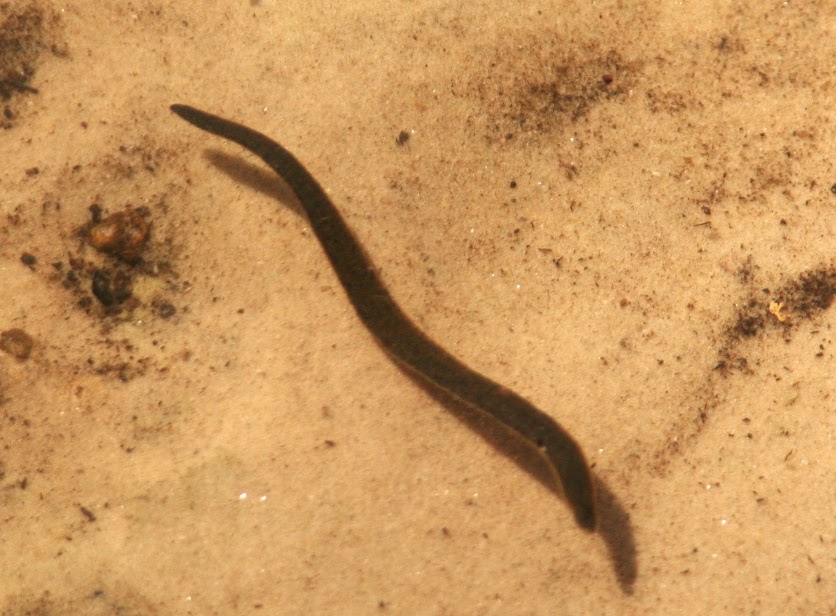 |
| Snilesworth - it's very beautiful and would be great for Henry and a girlfriend. |
There is plenty of other wildlife to see though including today's lovely bird. I've only seen one or two before that I remember but on this journey I saw at least 12. I'm taking today about a lovely Mistle Thrush.
So I did my research and this is what I found:
- The latin name for Mistle Thrush is Turdus viscivorus which is really descriptive of this bird. Turdus means Thrush, the visci bit comes from viscum, latin for mistletoe and vorus comes from vorare, which means to devour. So this is a Thrush that loves to devour mistletoe.
- It not only likes mistletoe, it will noisily defend a fruit bush if it finds one from other birds that might want to eat some of what it has found!
 |
| Mistle Thrush (Turdus viscivorus) |
- This isn't their sole diet though, they will also eat slugs, insects and worms.
- You will find them all over the UK all of the year round except for some of our islands.
- In 2013 the RSPB estimated from their surveys that there were around 170,000 breeding pairs in the UK. However this showed a decline from earlier years and they were missing in particular from gardens. They have an Amber Status because of recent population declines.
- They also have local names such as Shrite and Stormcock. Stormcock apparently comes from their habit of singing through wet weather and winter storms.
 |
| This one has a beak full of something. |
- They are the largest of the Thrush family and are 27cm long with a 45cm wingspan and weigh around 130g.
- Defending fruit bushes is something they do in winter and it is thought this is what helps them to be one of the earliest birds to breed in the UK, they lay eggs as early as February.
- The Victorians thought that mistletoe would only grow if the seeds passed through a bird, this isn't totally true but some seeds do germinate better if they have.
So, quite an interesting bird I saw! If you want to read more try these links:
Hope you enjoyed.
Z.














































